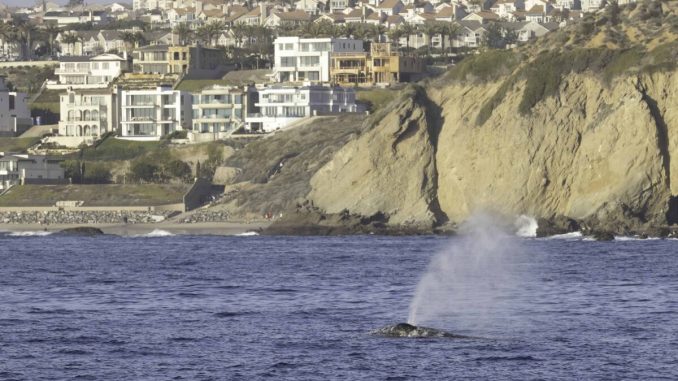
DANA POINT, Calif.—Upon approach, the harbor in Dana Point, California—with seven miles of coastline and unique headlands jutting into the Pacific Ocean—presents visitors with a picturesque view.
But lurking below, there’s much more than meets the eye.
In 2019, Dana Point officially distinguished itself as the “Dolphin and Whale Watching Capital of the World,” boasting nearly half a million dolphins—more per square feet than anywhere else on earth—along with glimpses of the rare blue whale, the largest animal that’s ever existed on Earth.
“If you were to drain the ocean and look at the topography, right outside of our harbor, within a mile, it drops 2,000 feet—boom,” Gisele Anderson, co-owner of Captain Dave’s Dolphin and Whale Watching Safari, told The Epoch Times.
That massive depth provides cold water, offering a thriving habitat for dolphins and whales, she said. The peninsula is also a stop on the annual great gray whale migration between Mexico and Alaska, which takes place twice a year.
“We have the weather, we have five species of dolphin that we see throughout the year, we have five species of whales that we see on a regular basis. Where else can you go and have that kind of an experience?” Anderson asked.
The answer, as it turns out, is fewer than a handful of places.
Whale Heritage Site
In early 2021, Dana Point was certified as one of the world’s four Whale Heritage Sites by the World Cetacean Alliance. Whale Heritage Sites designate locations where whales, dolphins, and porpoises coexist with human communities in an authentic and environmentally friendly way.
“[The Alliance] wants to establish sites that are following responsible whale watching practices,” Anderson said. “They want the site to have stakeholders who care about the well-being of the cetaceans that live and visit their areas, and we have that here.”
After establishing Captain Dave’s Safari in 1995, Anderson wasn’t convinced that Dana Point offered a unique whale watching experience—so she set out with her husband to see what other countries had to offer.
In Auckland, New Zealand, she learned the area was populated with around 200 dolphins, and the captain told her they typically canceled about one-third of their trips due to inclement weather.
In Hervey Bay, Australia—one of the other three Whale Heritage Sites in the world—the dolphin group numbers maybe a hundred, she said, and they go out every two hours looking for them.
“Like, that’s it? That’s all you’ve got? Wow!” she said with a laugh.
The voyages renewed Anderson’s appreciation for Dana Point, with its stellar weather and calm harbor. Her group only cancels a few outings each year, and the pristine water—uncluttered by oil rigs and large ships—offers a brisk 12-minute trip to see wildlife.
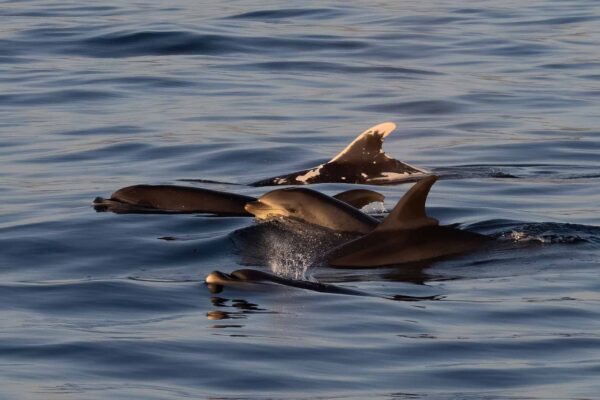
- Dolphins frolic in calm water off Dana Point, Calif. (Courtesy of Donna Kalez/Dana Wharf Sportfishing & Whale Watching)
An Alliance of Rivals
Her adventures abroad, combined with Dana Point’s wealth of attributes, inspired Anderson to reach out to her only rival: Donna Kalez, co-president of Dana Wharf Sportfishing & Whale Watching.
Along with her brother, Kalez operates the family business that her father, Don Hansen, established in 1971. To her knowledge, it was the first whale watching business in California.
“I came home and I said to Donna, ‘Hey, let’s get together. … We have to do something to let people know what we have,’” Anderson recalled.
Until then, correspondence between the two business owners had been somewhat icy.
“We had a pretty fierce competition between us,” Kalez told The Epoch Times. “There was a time [when] we didn’t talk for several years.”
After their conversation, the two developed a list of criteria they felt qualified Dana Point as the Dolphin and Whale Watching Capital of the World. Within a year, their request for a trademark was approved.
“We have whales that people can actually see on short, two- to three-hour trips, and you’re coming back with a once-in-a-lifetime experience,” Kalez said. “Other places would kill to see the dolphins that we see. Every time I go out, even if I see a pod of dolphins, I’m extremely excited.”
One local Bottlenose dolphin named Patches—who has a condition that causes portions of his skin to be discolored due to loss of pigmentation—is “world-famous,” according to Kalez.
“He’s just a cute bottlenose dolphin, like Flipper, but he kind of looks like a calico cat,” Kalez said. “That’s one of our famous residents. … He’s already been out here six times in the month of March.”
According to Anderson, February through May are busy with gray whales, while June through September feature blue whales and humpbacks. Fin and minke whales are seen throughout the year.
Out on the Water
A typical trip for both companies takes two to two and a half hours, and costs about $60 per person.
Anderson’s fleet has six vessels, ranging from a 24-foot Zodiac boat to a 62-foot sailing catamaran with underwater viewing pods. Summer is their busiest season, she said.
Kalez has 17 boats in her fleet, with five used primarily for whale watching. Her largest boat, the 95-foot-long Dana Pride, normally holds about 150 passengers; her company also has 63-foot and 50-foot boats used for whale watching.
Both businesses closed down last March, at the beginning of the pandemic; by early June, they were up and running again, but with reduced capacity and far fewer tourists.
Kalez said her company usually has summer booked by March. Last year, when California shut down, she spent the first month refunding customers, she said. But “the fisherman really showed up for us,” she added. “They were here, they wanted to fish.”
Her company offers an overnight boat that fishes around local islands for bass, yellowtail, sheephead, barracuda, and tuna. The fishermen, who wore masks and followed safety rules, helped keep her company afloat last summer, she said.
“They just wanted to be on the water and fish, and they want to catch food for their families.”
This year also started out slowly because there were no visitors, Kalez said.
“But now, we’re getting into spring. … and the sun’s out, the birds are chirping, so I can only think that we’re going to have a good summer.”
She added, “The whole thing has been very hard on my dad; he’s 86 years old.” There were definitely some scary times, “but now, it seems like it was a dream that that even happened.”
Dana Point also is home to the world’s first and longest-running annual whale festival. In March, the city held its 50th Festival of Whales.
Kalez called the celebration, which canceled some events and held others virtually, “a testament to our community.”
“Everyone here—our supervisors, our mayor, everyone that’s involved in Dana Point—allowed the festival to carry on, as long as it didn’t hold large gathering events. … So we’re very, very fortunate.”
Dana Point, which is situated about halfway between Los Angeles and San Diego, is named after seaman Richard Henry Dana, author of the classic sea journal “Two Years Before the Mast.” He described the clipped cove as “the only romantic spot in California.”


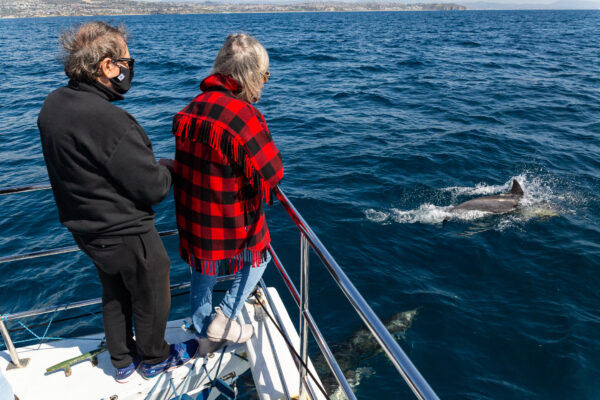
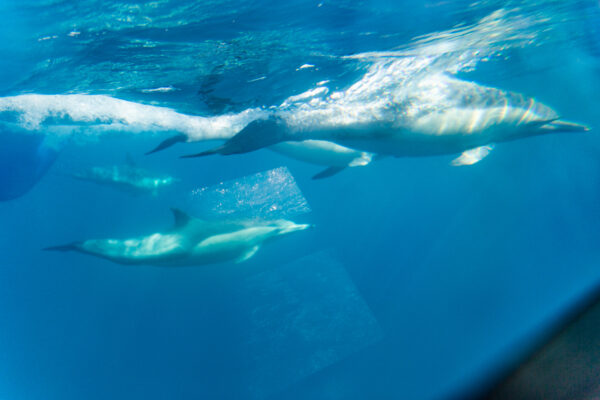
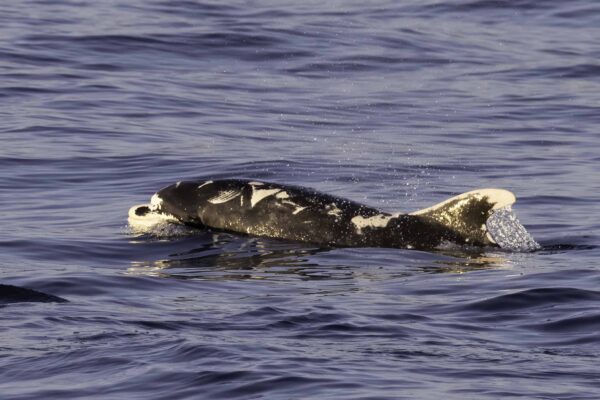



Be the first to comment